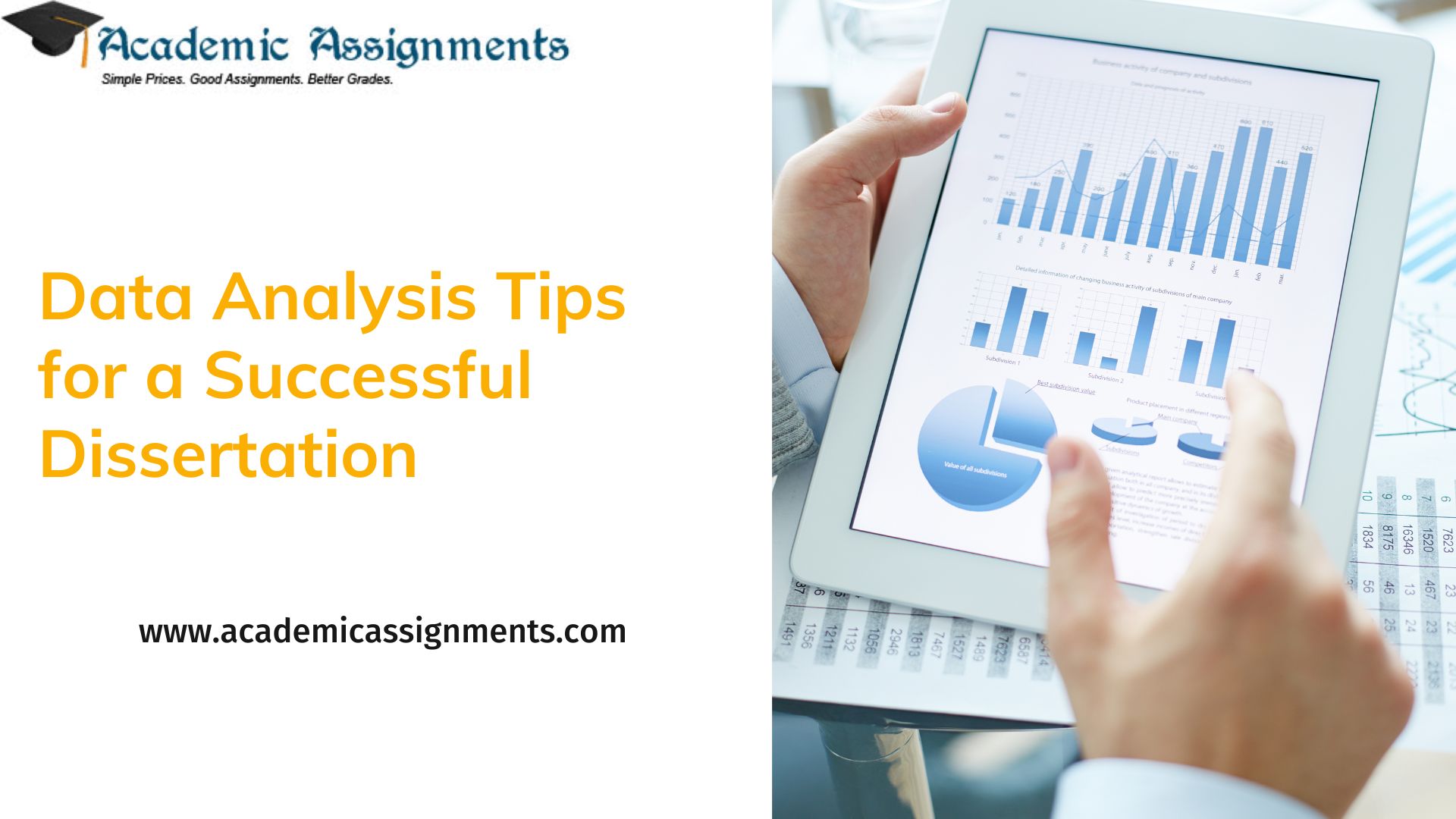Data Analysis Tips for a Successful Dissertation
1. Relevance
It is essential to ensure that your research objectives guide the data selection in your analysis rather than blindly relying on all the data you have collected. Only data that is relevant and appropriate to your aims should be presented. Incorporating irrelevant data can indicate unfocused and unstructured thinking. Therefore, careful attention to data selection, as done during the literature review, is essential. By elucidating the academic justification for the data selection and analysis, you exhibit your critical thinking skills and capacity to identify the core of an issue. This is a fundamental aspect of higher academia.
2. Analysis
Ensuring the alignment of research methods with collected data and study objectives is essential. Provide a thorough explanation for these methods, just as you did for data collection. The article stresses the importance of demonstrating a careful selection of research methods after extensive research and critical thinking. The primary objective is to identify significant patterns and trends within the data and present them effectively to the readers.
3. Quantitative work
When conducting scientific and technical research, as well as some social and other fields, quantitative data is commonly used and requires thorough statistical analysis. Collecting and analyzing quantitative data from a representative sample allows you to draw conclusions that apply to a larger population. Based on the natural sciences approach, this scientific method is commonly used in social sciences.
4. Qualitative work
Qualitative data is typically described as ‘soft’ and often lacks numerical values, but this doesn’t mean it needs less rigorous analysis. It requires a detailed examination using techniques like thematic coding or discourse analysis, which can be time-consuming and iterative. Qualitative research aims to discover deeper, transferable knowledge rather than produce statistically representative or valid results. This method may also involve the use of hermeneutics.
5. Thoroughness
It’s a common mistake to assume that data “speaks for itself.” In qualitative research, there is a common misunderstanding that presenting a set of quotes is enough evidence to support an argument. However, it is important to analyze all relevant data thoroughly, critically examining potential biases and sources of error. Acknowledging the strengths and limitations of the data is crucial to demonstrate academic credibility.
6. Presentational devices
Representing large volumes of data clearly and understandably can be challenging. To tackle this issue, it’s essential to consider all possible ways of presenting your collected data. It is important to consider different methods like diagrams, quotes, and tables to present data effectively. It’s vital to keep your reader in mind, especially those unfamiliar with your research. You should ensure that your presentation approach is clear and easy to understand for your audience.
7. Appendix
When writing the data analysis chapter, it’s easy to clutter with excessive data you’ve spent significant time collecting. However, it’s essential to avoid being unwilling to trim the excess. If you have pertinent but difficult-to-integrate data into the text, it is advisable to relocate it to an appendix. The appendix should contain supplementary information, such as transcripts of interviews and focus groups, sample questionnaires, data sheets and other related information. In the dissertation, only the most pertinent information, such as statistical analyses or quotes from interviewees, should be utilized.
8. Discussion
When discussing your data, showing your ability to recognize trends, patterns, and themes is important. You should explore various theoretical interpretations and weigh the advantages and disadvantages of each perspective. Furthermore, it is important to address discrepancies and similarities in your data, assessing the importance and influence of each. If your research involves conducting interviews, it is essential to include relevant quotes to back up your analysis.
9. Findings
After analyzing your data, what are the key takeaways? It’s important to clearly state these findings and provide well-reasoned arguments and empirical evidence to support them.
10. Relation to Literature
Comparing your data with other academic works towards the end of your data analysis is advisable to identify any similarities and differences.
Consider whether your findings align with expectations or diverge from the norm. It is crucial to provide reasons and implications for divergences or controversial positions. Additionally, recall your literature review’s key themes and gaps and examine how they relate to your findings. If you cannot connect your data to your research question and literature review, there may be a problem. Your research question should arise from the literature, and your data should fit your research question. It is imperative to demonstrate this connection clearly and directly.
Author Bio: Mark Edmonds is a proficient academic writer at Academic Assignments, specialising in rendering MBA dissertation help and assignment writing services to students. Leveraging his extensive knowledge and expertise, he supports students in achieving their academic goals and attaining success.

 Blogs
Blogs +44 207 5588165
+44 207 5588165

